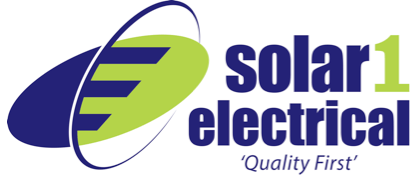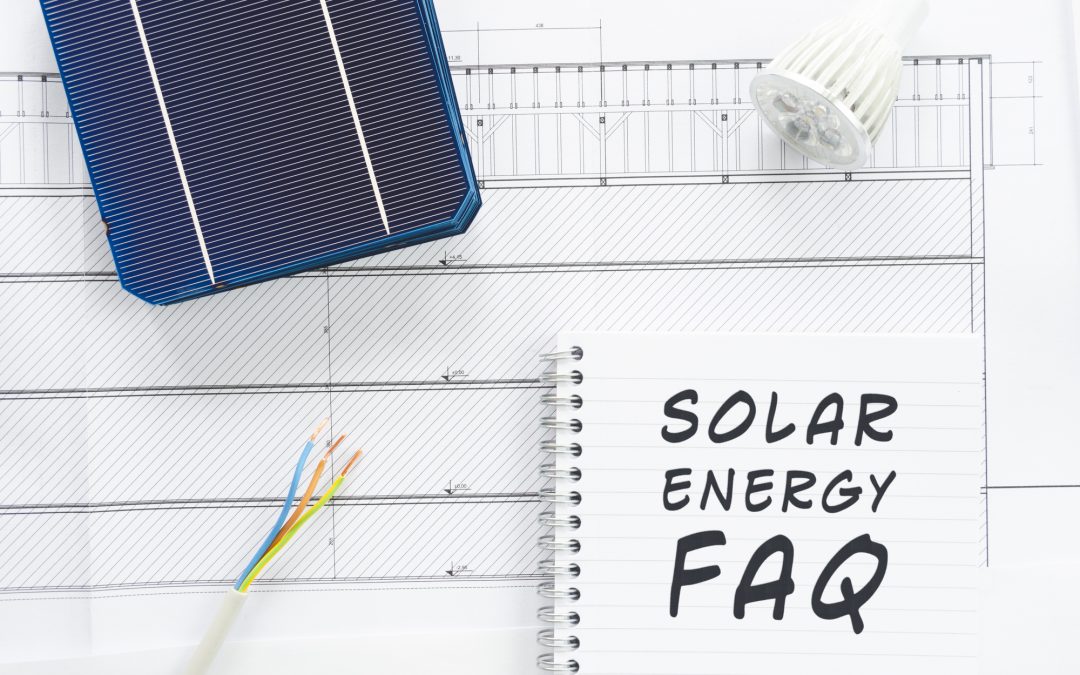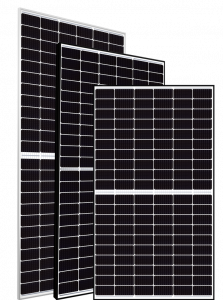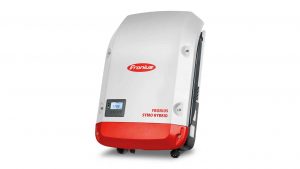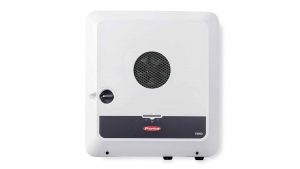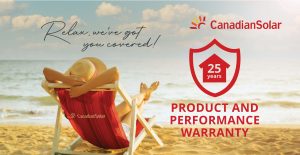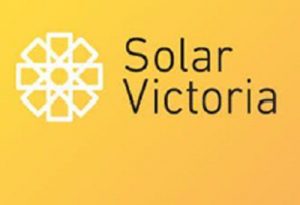13 Things You Should Know Before Going Toe-To-Toe With A Solar Salesperson
If you’re thinking about installing solar power, whether paying with cash or financing the system, you should know a few things before speaking with a residential solar salesperson.
This list of 13 things will help you avoid cowboy solar companies and installers, explain why you should avoid the cheap systems, and help build your knowledge of the main solar components, costs, warranties, and some of the solar lingo.
Avoid the traps thousands of solar customers fall into, and get informed!
1. Types of solar panels
Residential solar panels generally consist of 60 or 66 solar cells and can have different cell types or arrangements. Usually, any cell type will be OK for a residential roof. There is the exception of half-cut or shingled solar panels that work better on a roof with a gradual onset of shade.
2. Make sure they’re selling you a reputable solar panel brand
To make sure you’re being sold a good quality brand, here are some we would recommend. This list includes brands we don’t even stock! These include Canadian Solar, REC, SunPower, SolarWatt, JA Solar, Jinko Solar, Longi Solar, Qcells, Seraphim, Solar Edge, Solahart, Suntech, Tindo Solar, Trina Solar and Winaico.
Each brand will deliver similar performance output, so the main factors to consider are initial cost, warranty and energy degradation over the years. For example, in 25 years, there is a 9% difference in degradation of energy output between the most expensive and the cheapest brands.
3. What’s the deal with solar system inverters?
Inverters are the workhorse of your system, collecting and redirecting the energy from your panels to your home or back to the grid. Unfortunately, they are more likely to fail sooner than your solar panels so it makes good financial sense to go with a quality brand.
The premium brands we recommend include: Fronius, GoodWe, Canadian, ABB, Delta, Enphase, Solar Edge, and Sungrow. While Goodwe and Sungrow are at the cheaper end of the scale, they offer the same warranty as the higher-end inverters and are backed by leading awards and reviews. There are many inverters in the market we will not install due to low quality, high warranty claims and difficulty contacting the company when something goes wrong.
There are two types of inverters:
- string inverters that are large and installed on a wall in or around your home
- micro-inverters deployed beside or underneath every solar panel. Micro-inverters are your more expensive options.
4. What kind of warranty are they offering?
When purchasing a system, there are four warranties: solar panel performance and product warranties, inverter warranties, and installation warranties.
Be wary of 25-year solar panel performance warranties because they could often be worthless and used only as a sales tool. In addition, these warranties just cover the panels’ performance and are not a manufacturer’s warranty that covers parts, defective panels, and panel breakdowns. Companies can also wriggle out of the performance warranty, so it’s best to be cautious.
Instead, check that the system comes with a solar panel product warranty. This will be a manufacturer’s warranty and cover parts, repair, and replacement. Choose a company that provides at least a 10-year product warranty and you can achieve a 25-year product warranty without paying a premium price, Canadian Panels are a great example of this.
In most cases, the more you pay for a solar system, the lower the panel energy degradation and the longer the warranty. Warranties can vary between 12 years for cheap brands and 40 years for more expensive ones.
Don’t forget to check the inverter’s warranty because this is the part most likely to break or fail, and you want at least a 5-year warranty on this. Also, make sure the inverter is installed correctly, e.g. it needs adequate ventilation, make sure it’s protected from direct sunlight, and make sure it’s installed according to the manufacturer’s instructions to prevent voiding the warranty.
5. How to ruin a quality solar system? Bad installation.
Even if you opt for a good brand of solar panels, inverters, racks and components, an installation cowboy or poor installer, can deliver a poorly functioning, unreliable, and unsafe solar PV system.
What are other customers saying about this company or solar installer? Vet installers by using legitimate and reliable online review sites and read their 1-star and 2-star reviews. Also, look for consistency across different review websites. They could be gathering or paying for fraudulent reviews.
6. Don’t be fooled. East/west-facing solar panels work too!
While a north-facing roof may be the holy grail of solar panel orientations, they aren’t always feasible and may not suit the needs of every household. For instance, energy generated by the morning sun on the east side of the roof, and energy generated in the afternoon on the west side, works well for families who are out during the day. Read more about the benefits of east-west Solar PV Systems on our blog.
You want to consume the energy from your solar PV system when it’s being generated and use less from the grid. For example, with an east-west panel arrangement, you can set your appliances to run in the morning and evening. And, despite what some installers may say, you can also generate energy with south-facing solar panels!
7. How many solar panels should you purchase for a residential system?
This depends on your budget, how big your roof is, and your energy needs. Generally, it’s better to go with more solar panels and install up to 33% more than the inverter is rated at. This means you can utilize 33% more power in your home and get a higher solar rebate from the government. It also means that you can generate more power in the winter rather than purchasing energy from the grid at a premium price.
Installing a 6.6kW solar PV system (which is about 18 panels) and a 5kW inverter should do the trick for most homes. However, if you’re thinking of purchasing an electric car or installing a battery in the future, you may want a bigger system. Over the last 12 months, we have seen an increase in system sizes, a 6.66kw is known as the industry standard, and we have seen this increase to an 8.88kw as people become solar smarter and plan for the future.
Something to remember: It’s complicated and more expensive to add extra panels later, so install enough from the outset.
8. Is the residential solar rebate still available?
Yes! It is being reduced each year until 2031, but it’s still available and claimable now.
The solar rebate is calculated per kilowatt of panels you install and can be claimed up to 100kW – which is enormous! You can claim roughly $447 per kW, and for a 6.6kW system, this is about $2993.
To ensure you receive the rebate, choose an installer that is a Clean Energy Council (CEC) Accredited Professional. Also, make sure that the solar panels and inverters are CEC-approved.
9. What is a reasonable quote for residential solar systen installation?
Here are the rough estimates of equipment and installation costs for a good-quality solar system after the rebates and interest-free component has been claimed. Note this is for Victorian customers;
- $4000 – $8000 for a 5kW system
- $5500 – $9000 for a 6.6kW system
- $8500 – $13000 for a 10kW system
Other factors that would affect the cost would include switchboard upgrades, further electrical work and challenging space, home, or roof design that affects the installation of panels or the inverter. Additionally, if you decide to install micro-inverters, power optimisers or batteries, this will increase your system and installation costs.
Tip: Avoid choosing a cheap solar PV system because this will cost you more down the track, including costly repairs or lower power production.
10. What’s the deal with solar finance?
Be cautious of ‘no interest’ and ‘easy sign-up’ deals. ‘No interest’ deals will often charge a fee elsewhere, such as an extra 15-25% built into the installation fee, or you could be paying more for the system itself.
Some reputable residential solar installers provide interest-free finance, but it often pays to shop around. You could find a better deal over the long term with a low-interest finance provider.
Rather than opt for solar company finance, you could look into your finances such as green loans, personal loans, opting to utilise the equity in your home, or renting to own. Be mindful with any loan and with direct finance from solar companies that there could be upfront, ongoing and early pay-out fees.
11. How long will it take to pay off my residential solar system with finance?
Based on a 6.6kW residential solar PV system, here are rough estimates of how long it will take to pay off your system based on your city by SolarQuotes. However, remember that individual circumstances will affect these estimates, so it’s best to make your own calculations.
Here is a calculator by SolarQuotes:
- Sydney: 4 years, 7 months
- Brisbane: 4 years, 9 months
- Canberra: 4 years, 11 months
- Perth: 5 years, 11 months
- Melbourne with VIC rebate: 4 years, 2 months
- Melbourne without VIC rebate: 5 years, 5 months
- Adelaide: 4 years, 6 months
- Darwin: 5 years, 4 months
- Hobart: 6 years, 2 months
Tip: Be aware of solar companies that provide solar calculations based on 100% energy self-consumption. Be sure to check out the savings based on figures such as 20-50% self-consumption. Ask your solar provider how they calculated the self-consumption, they should option a copy of the electricity bill and base all figures on your actual usage versus production for an accurate return on investment.
12. Should I consider buying a battery for my residential solar system?
Batteries can provide energy security, both in the form of power when the main power source is cut off or to counter energy prices if they go up.
At the moment, however, batteries are still costly and can take up to 15 years to pay off when you opt for finance. Alternatively, they can cost $10,000 (without a battery rebate) to purchase. If you live in VIC, ACT or SA, or if you are eligible for a rebate, you could save 30-50% on the cost.
If you decide to purchase a battery discuss your options with your chosen installer. To provide backup power in the event of an outage, new wiring on the switchboard may be needed,
13. What is a solar feed-in tariff?
When your system generates energy, excess energy is sent back to the grid. A feed-in tariff is the reimbursement for that power by your energy company.
Residential solar feed-in tariffs vary from state-to-state. Utlise an independent comparison tool to shop around for the best rates.
We hope this information and these tips have been helpful! If you have any further questions, don’t hesitate to contact the team at Solar 1 Electrical on 1300 451 316.
We are happy to help you with any of your residential solar needs. Solar1 Electrical is based in Bendigo – servicing rural and regional Victoria and lower NSW
Please note: all figures listed are current as of May 2022
